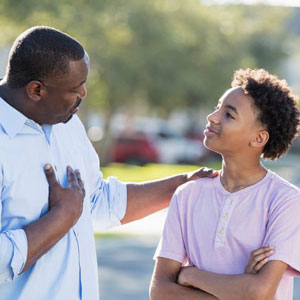What to Do About Ringworm
en español: Primeros auxilios: La tiña
Medically reviewed by: Larissa Hirsch, MD
What Is Ringworm?
Ringworm is a common fungal infection of the skin seen most often on the scalp, body, feet ("athlete's foot"), or groin ("jock itch"). Ringworm isn't a worm — its name comes from how it looks, like a red ring or group of rings with clear centers.
What Are the Signs & Symptoms of Ringworm?
Ringworm on the skin:
- starts as a red, scaly patch or bump
- causes itching and discomfort
- usually is shaped like a circle with raised, tiny bumps around the edges (often with a scaly center)
Ringworm on the scalp:
- may start as a round, reddish, pimple-like sore
- becomes patchy, flaky, scaly, or crusty (may first be mistaken for dandruff)
- causes swelling, soreness, redness, bald patches (usually circular), and broken hairs
What Should I Do if My Child Has Ringworm?
- Call your doctor if you think your child has signs of ringworm.
- Follow the doctor's treatment instructions carefully. Depending on the type and site of the infection, these may include using over-the-counter or prescription cream for the skin, or prescription oral (taken by mouth) medicine for the scalp.
- Do not put any creams or ointments containing steroids on the area because this can make it worse.
- Discourage your child from picking at the infected area because this could cause another type of infection.
- Call your doctor if the area gets redder, is swollen, or develops pus.
What Can Help Prevent Ringworm?
Prevent ringworm by encouraging your kids to:
- not share combs, brushes, hair accessories, pillows, hats, cellphones, and headphones
- wear flip-flops at the pool or in the locker room shower
- wash sports clothing regularly
- shower after contact sports
- wash their hands well and often
Medically reviewed by: Larissa Hirsch, MD
Date reviewed: November 2024


